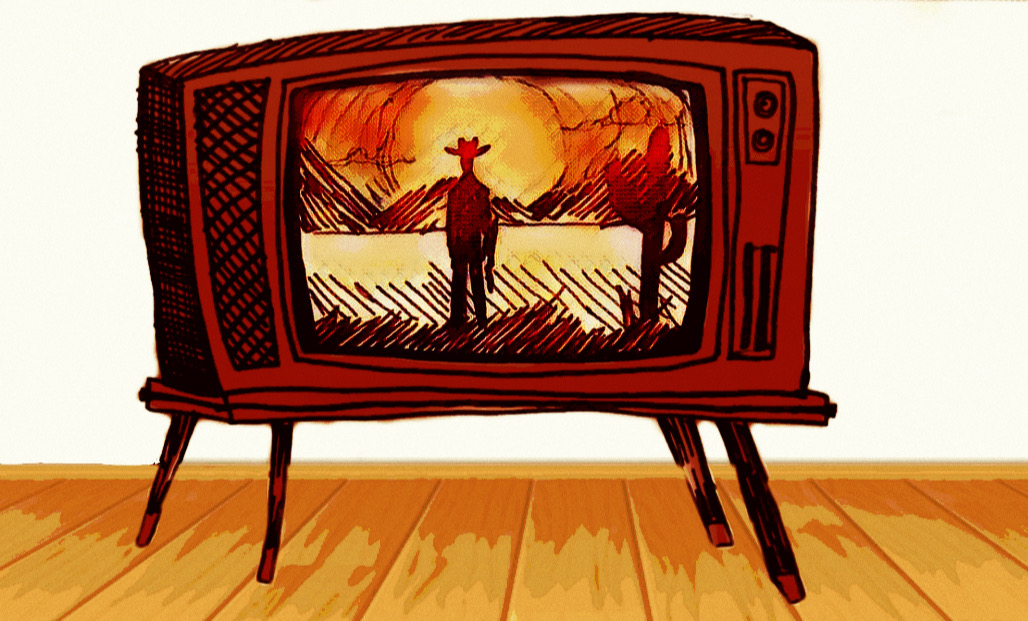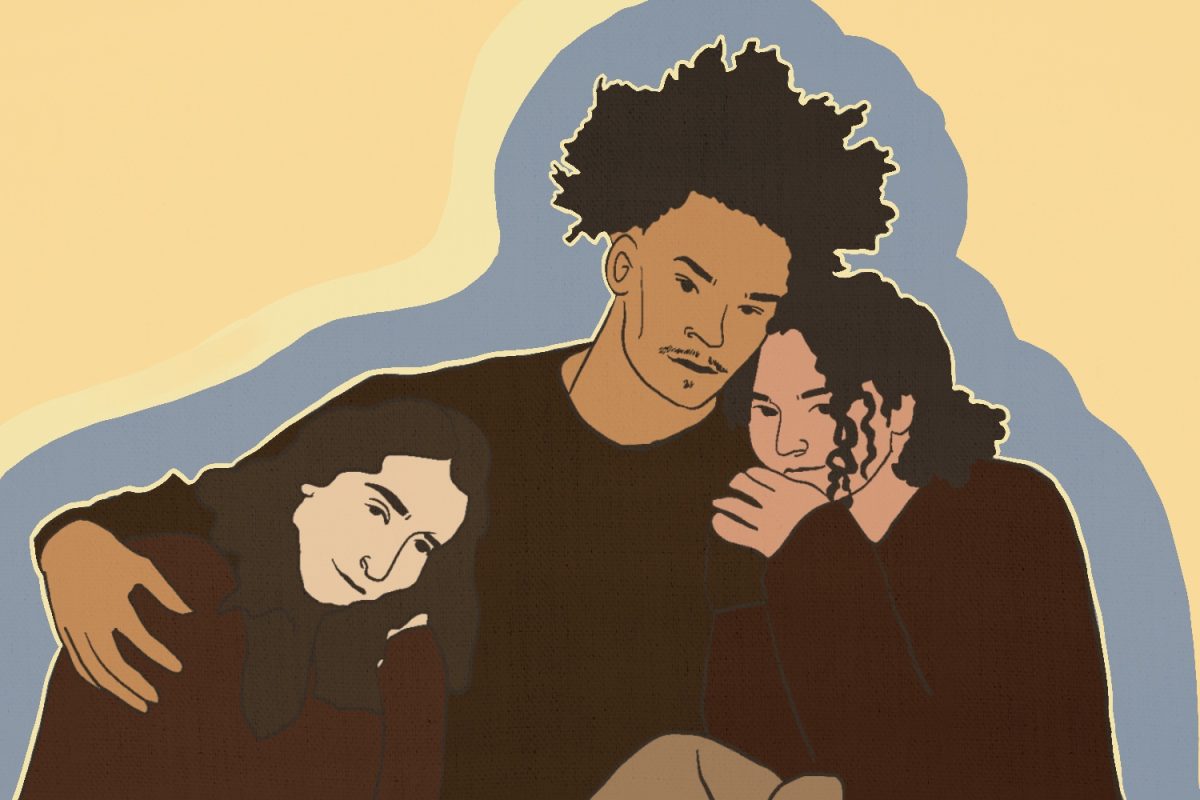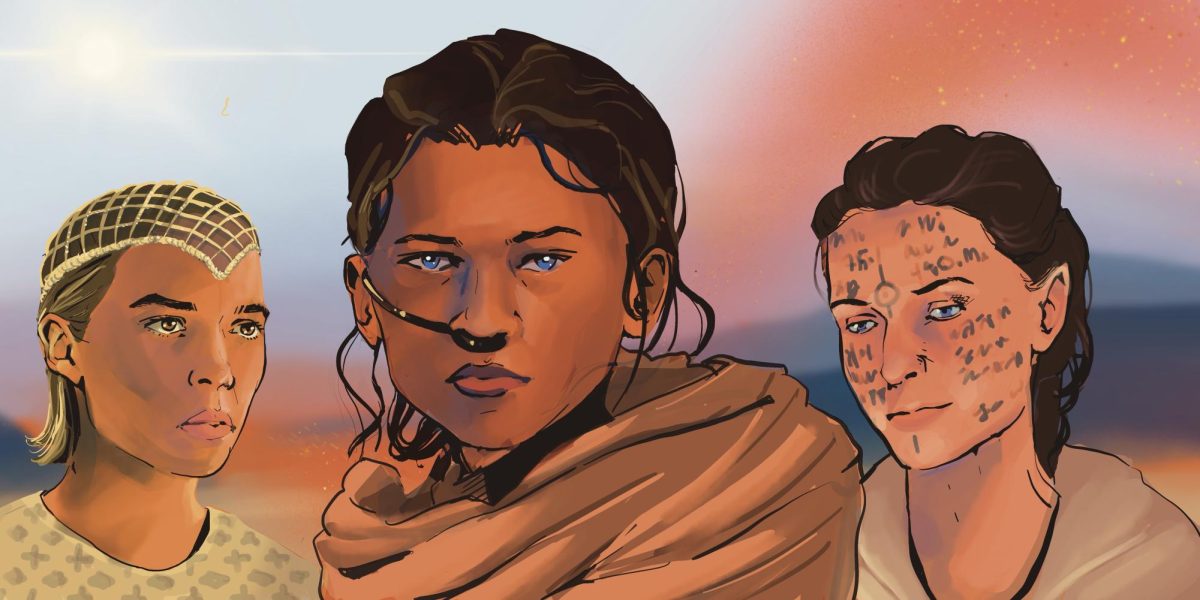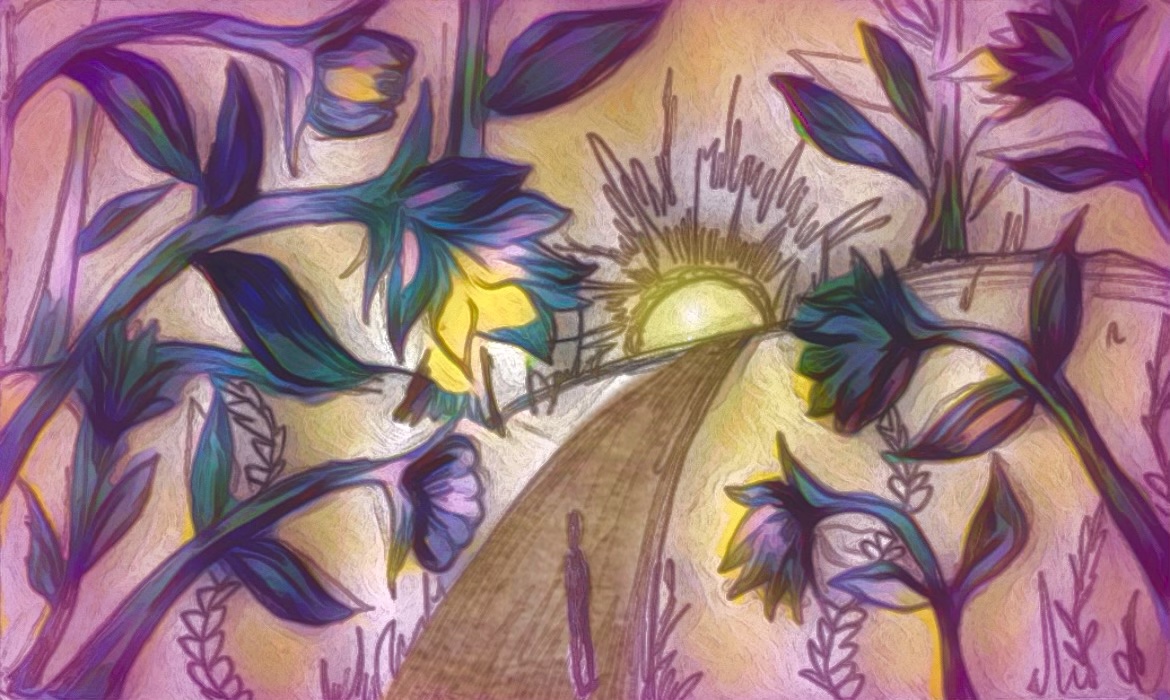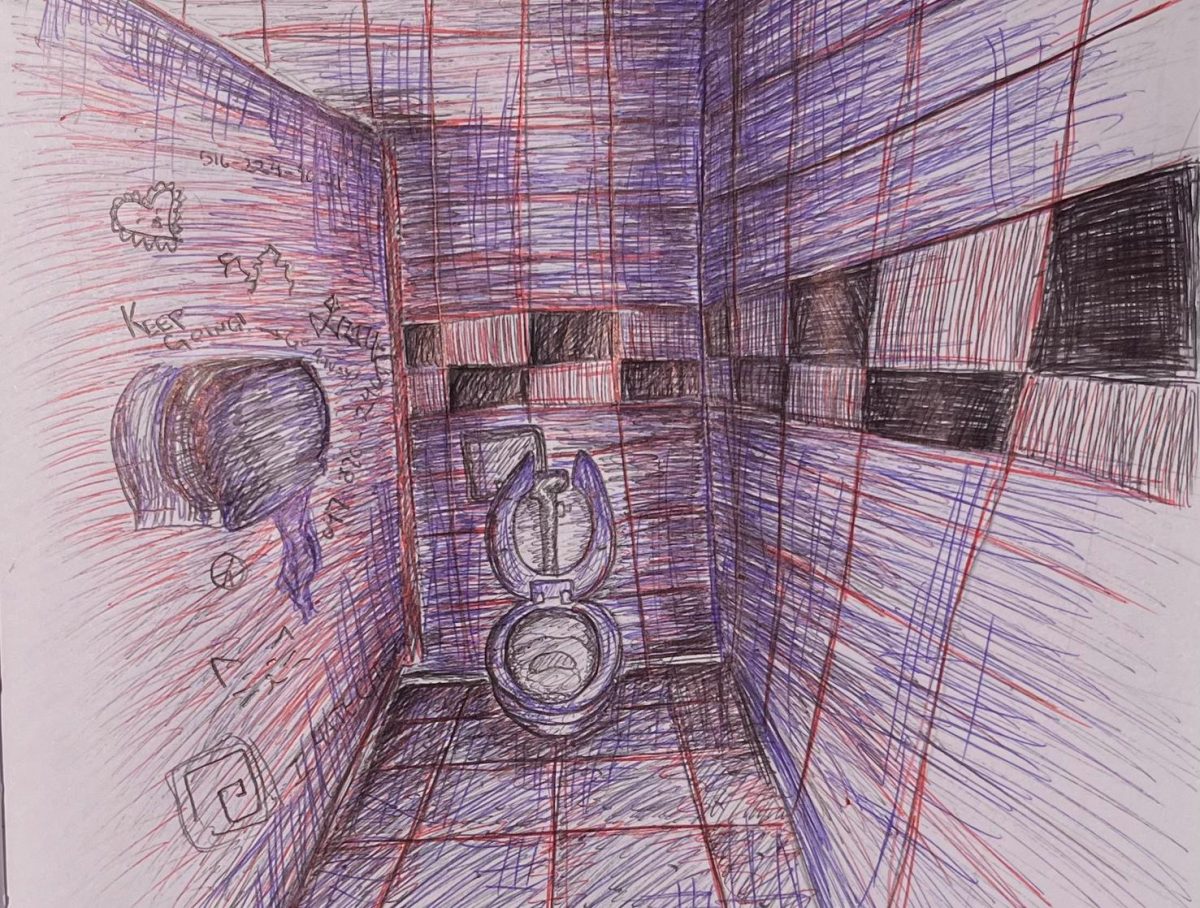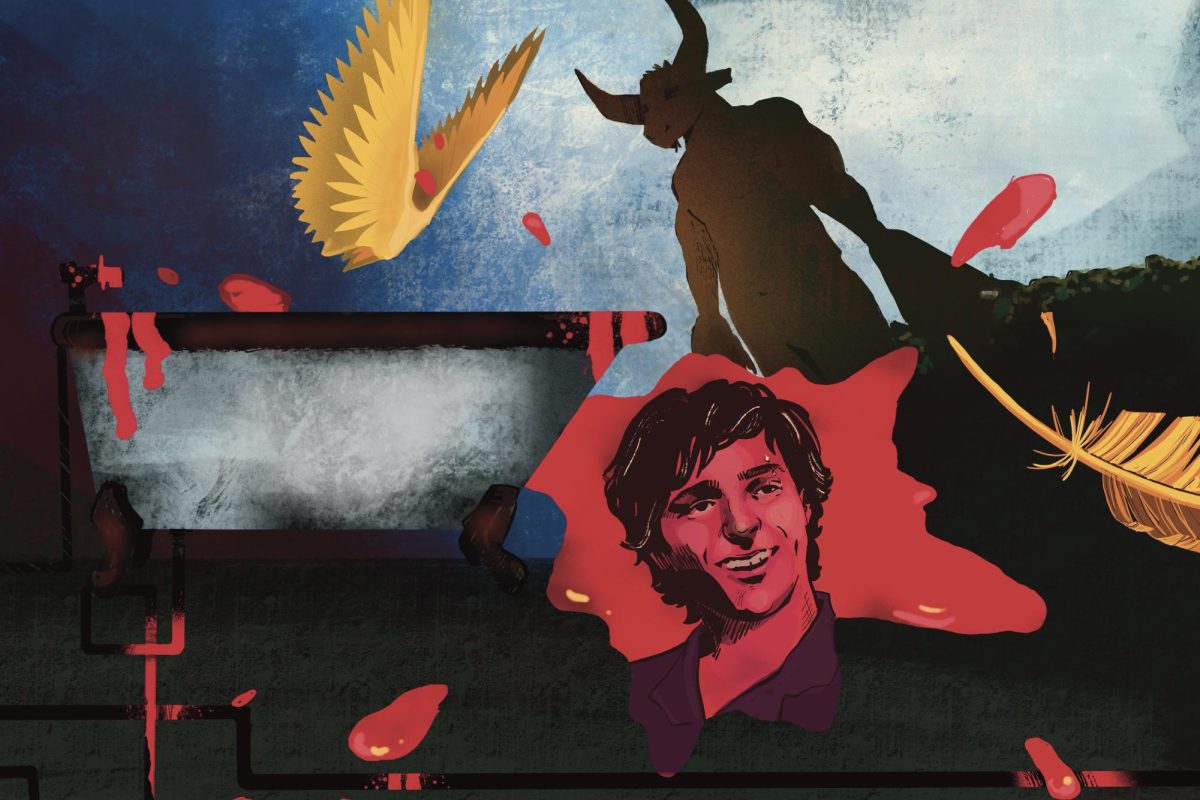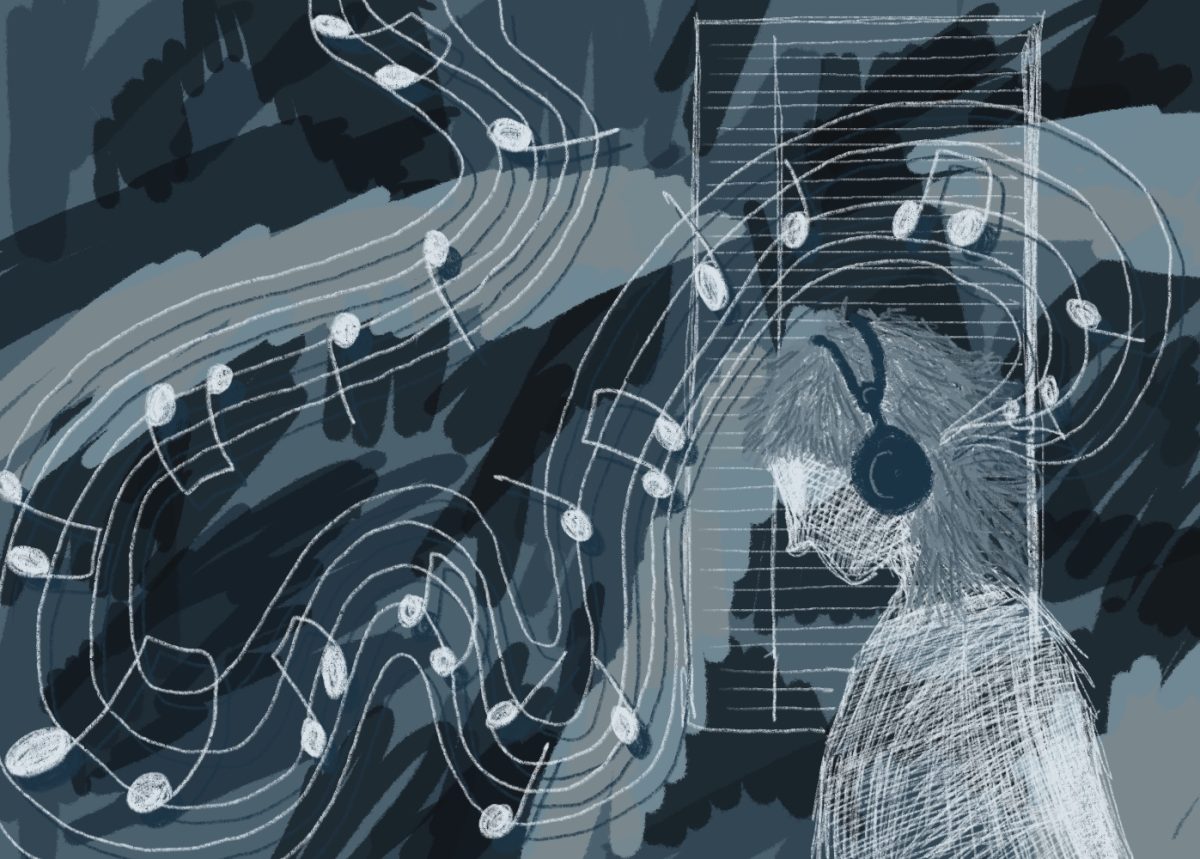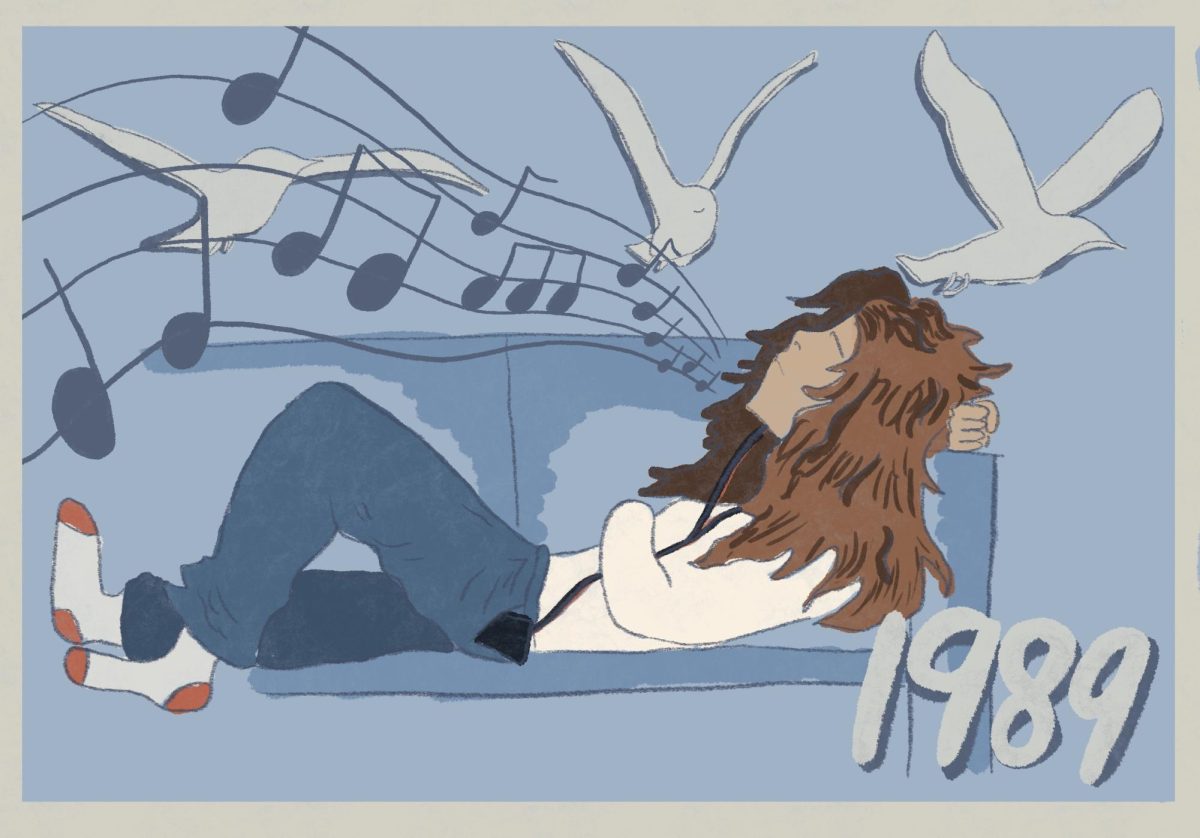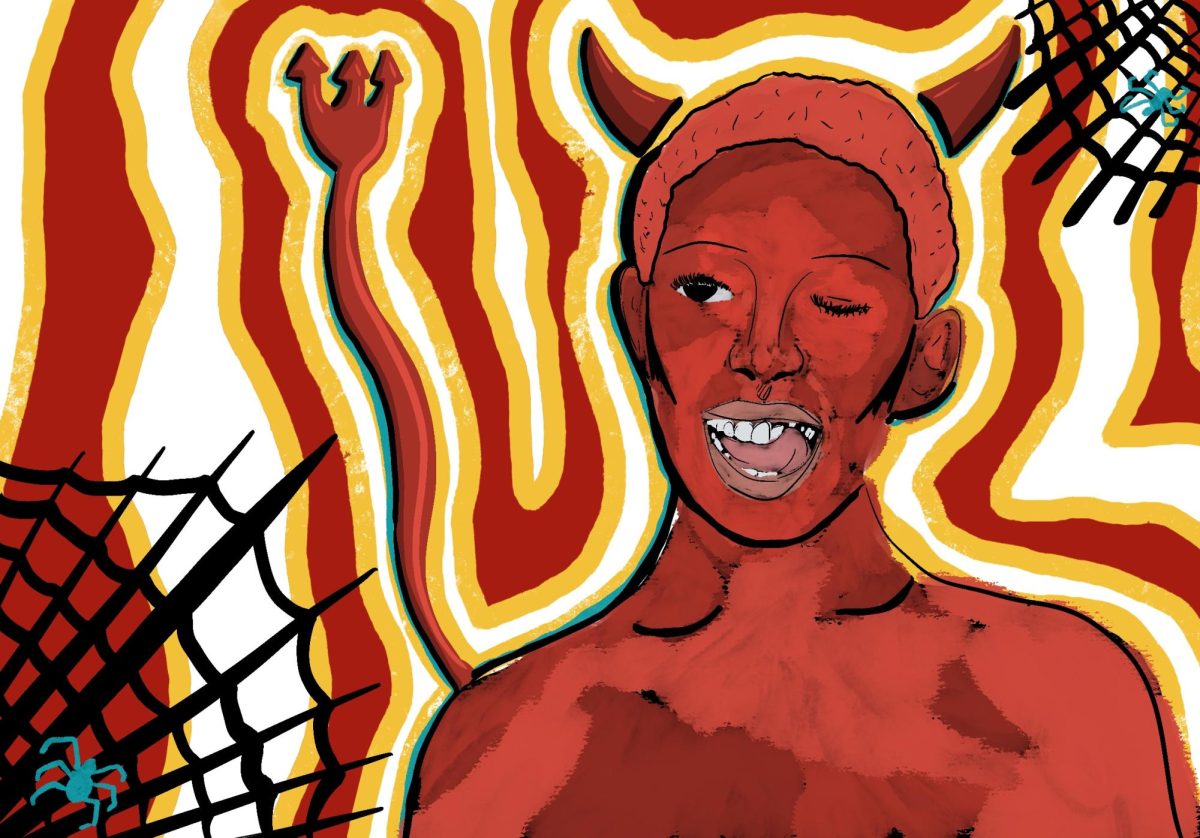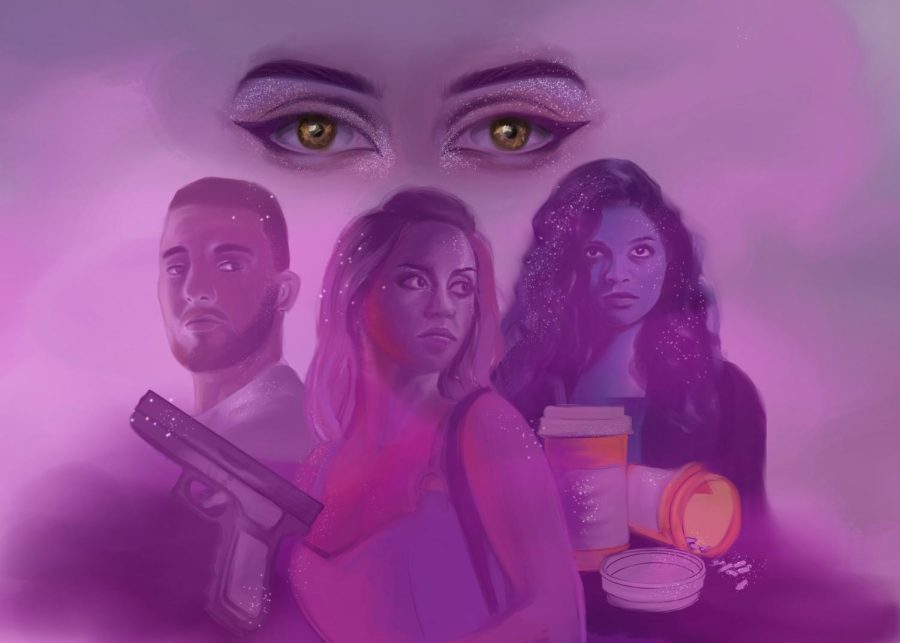At the movies with a pocket full of posies.
The best movie you never saw this summer – or maybe you did, I don’t know – is The Fall. But if you’re like me and got caught up in The Dark Knight of Indiana Jones’ Pineapple Express Mamma Mia! Tropic Thunder-fever this summer, you might have missed it.
The Fall was directed by Tarsem Singnh and it is a most peculiar little movie.
It’s title, taken from a sort of biblical dialogue in which Adam and Eve “fall” to Earth and from God’s graces to become human, is a popular kind of archetypical scene in the history of movies and is one of the oldest narratives in the world; most notable, perhaps, in the German film Wings of Desire by Wim Wenders, and its American bastardization City of Angels, starÂring Nicholas Cage and Meg Ryan, in which an angel decides he wants to become human and to do so has to fall from a great height without spreading his wings.
You might cock your head to the side in puzzlement if you don’t know a little bit about The Fall going in, and the film-manship will definitely seem a little strange, a little off-kilter – befitting to a director who’s still in the early stages of his career (his most notable works include the ill-fated Jennifer Lopez quasi-horror film The Cell and the music video for REM’s “Losing My Religion”).
But it is a profoundly interesting film, and significant not only for Michel Gondry-esque cinematography (the film’s texture recalls one of a mystical old Hollywood, a Technicolor wonderland, like staring at one of those twisty popsicles), but for what it has to say about cinema in general, and how we should see our stars and our storytellers.
The film takes place in 1920s flapper-age Los Angeles and is about a little Eastern European girl who wakes up with a broken arm in a hospital after a nasty fall while working in a California orange grove.
Whilst wandering around the hospital and causing various kinds of mischief we learn disparate details about the girl’s life, like the fact that her family’s house was burned down, and that she has never seen a movie.
Slowly, and with the same ambiguously chosen details, we are introduced to a silent movie stuntman, who we learn in the Raging Bull-like opening credits, broke his back during the shoot of a chase scene involving a railroad bridge and horse maneuver.
Gradually, they become friends and he tells her stories into which the viewer is transported, much like in such films as Little Buddha, The Secret Garden, Pan’s Labyrinth and other films that employ a Fairy Tale quality to them – a motif that has become popular as of late, thanks to films like The Devil’s Backbone and The City of Lost Children. The Fall, I think, trump’s Guillermo del Torro (as much as I like Guillermo del Torro) because it asks the question, bluntly, whether or not we can trust filmmakers and story tellers in general by wondering aloud about their motivations.
The twist in The Fall is that the stuntman is telling the girl stories to manipulate her into the service of his lust for morphine. It’s a poignant film and an homage to the genuine cruelty of the cinema, and at the same time, its undeniable beauty.











